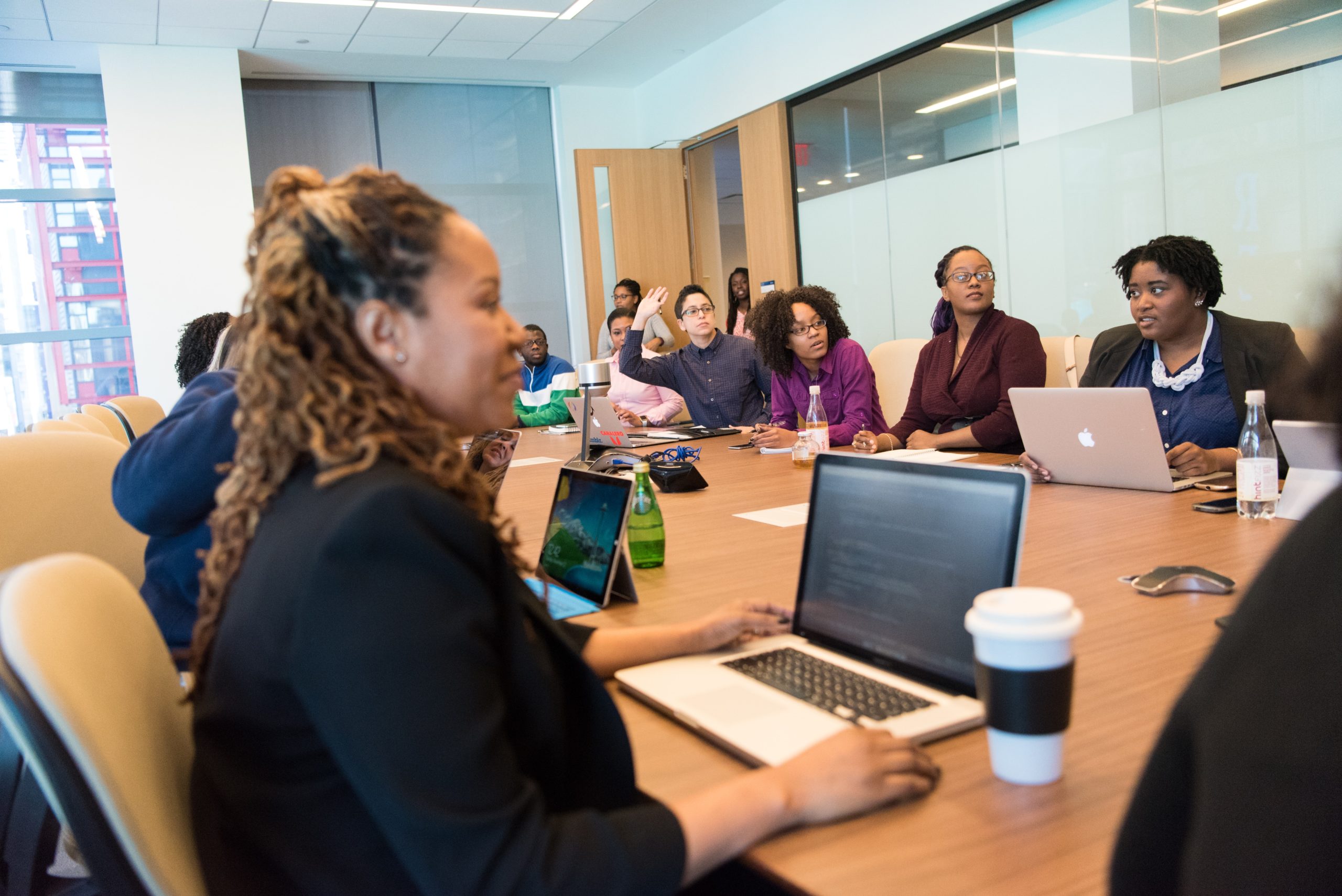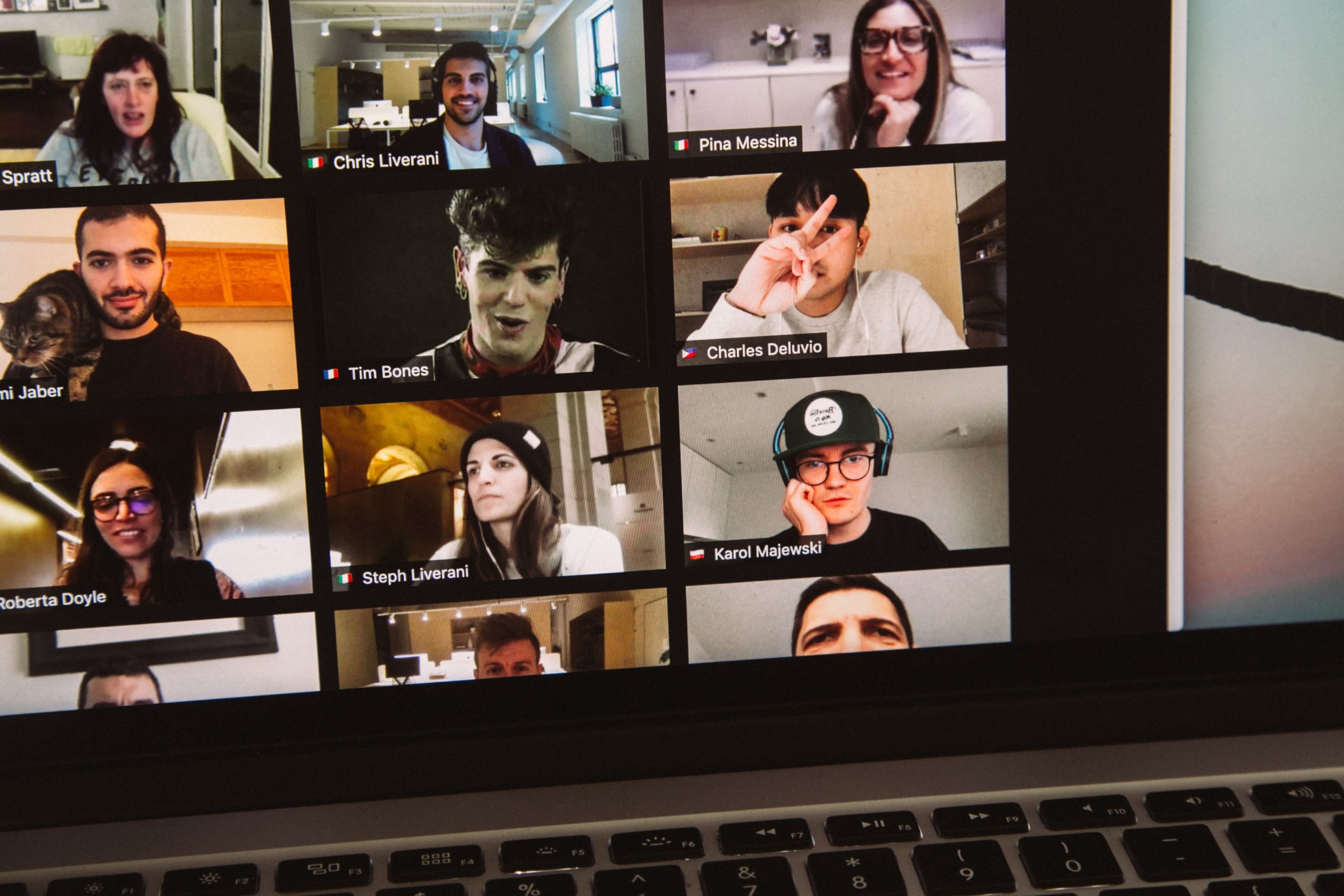
The Decision Process IS the Product!

Your decisions are the result of the decision-making process you employ to make them. Let me illustrate using a story.
When my kids were growing up, we had a family tradition of going out dinner every Sunday night. My wife and I were both great cooks. While it was easy to eat well at home, the dedicated — OK, captive — family time in a restaurant setting was great for connecting with each other, and started the coming week on a great footing.
For the first few years of this tradition, the process of picking a restaurant went like this: as we were driving out of the church parking lot, discussions – actually a low-intensity argument – would start. Options were proposed and rejected by one or more family members in what seemed like an hours-long process of consensus-building. The product of this process: about 95% of the time, we ended up at Chili’s. That was the only option that could survive that process/ discussion gauntlet relatively unscathed. We all knew we were in a rut, but every time we tried to propose options, the process we used directed us back to the same place. Our “variety” became “table or booth?”. Chili’s is a great place, which is why it made the cut so consistently, but…sheesh.
Same Program, Same People, Wildly Different Results
Then somebody had the great idea to change the process. Each week, one of us got their turn to pick the restaurant for the family. The oldest, in high school at the time, introduced us one week to the Mexican dive hangout he learned about from friends. Our kids were introduced to sushi, Greek, Thai, seafood and more – and loved every single one. My youngest developed a love for the culinary arts – I’m positive in part, due to his wide exposure. I can’t remember a single flop; we almost always walked out of a family meal happy about a new experience. We repeated a few of the big hits (usually at the request of somebody other than the original “chooser”), but the variety and quality of the choices when way up. Importantly, every single one of us agreed that they loved the new results better every. single. week.
Here’s the lesson: the people – the Buying Influences — involved in this decision didn’t change: same personalities, same preferences, same budget, same geographic constraints, same everything. Yet, we achieved far different, far better results.
If you are a Sales Professional:
How groups choose drives what they choose. Consumers choose different decision processes or heuristics. You can guide them to use different heuristics within reason. They’ll easily choose from a short list of processes they’ve used in the past, for instance. Groups of people organize decisions in certain ways, and often default to the same process they used most recently even if the results were less-than-ideal.
Complex selling is a consensus sale among a group of humans making a group decision… much like my family’s restaurant selection decision. High-performing sellers become students of the group dynamic, and harness different group decision-making processes in order to optimize results. You can add critical players, propose new processes yourself, get coaching to help shape decisions from within the group, and even work within formal processes like RFPs and bids to optimize your chances of success.
If you are a Sales Leader or a Business leader:
Understand how process used determines the outcome achieved.
If you don’t like the product, you may not need to change the people or other resources. To change results, look at your processes. Great leaders become students of group decision-making, and learn how process affects product.
On making decisions: look at your decision process. The way you facilitate each decision shapes it. The process you and your team uses to make a decision indelibly shapes the product – the outcome — of the decision. If you don’t know how the process you imposed is affecting that decision, you’re either blindly replicating old decisions (for better or worse) and hoping for better results this time…or relying on luck.
On looking at your Processes: Don’t kid yourself about what you already have. In my sales performance consulting practice, I help customers change selling processes. The clients who initially think they don’t have a process are wrong. They have a process, even if it’s just an “everyone does what they want” process. That’s why changing it is hard (it would be a lot easier if “no process” really existed).
Feel free to comment below, or contact me directly. I offer tools to help sales professionals effectively and efficiently optimize customer processes, and love talking about them with new people. If I can help you guide your thinking on your own processes, I’m happy to share my thoughts.
To your success!
#sales, #salesprocess, #millerheiman, #millerheimangroup, #MHIglobal, #salesperformance, #customercentric, #process, #decisiondynamic
Do you know what value you provide for your customers? Don’t feel bad. According to McKinsey & Co., only about a quarter of directors on big company boards could describe their company’s value.
And yet, the purpose of a profitable business is providing more value to a customer than it costs to deliver.
Mark brings over three decades of sales, marketing, and corporate leadership experience to his clients all around the world. His wide-ranging experience has given him a unique perspective into
Creating corporate cultures centered on customer-perceived value.
These cultures are built for long term success, increase customer satisfaction, employee engagement, and yes, increase shareholder value.
Mark uses simple tools and a common language of customer value you can use throughout your organization. He has developed tools, training, an upcoming book, and coaching skills to make it easy to integrate.
If your company works in the business-to-business arena, we can combine world-class sales methodologies with a value-centric culture shift. When sales, customer service, marketing, product development, engineering -- every aspect of your company –has a clear line of sight to "customer value ", your entire company can become value focused. Visit www.boundyconsulting.com or contact Mark at mark@boundyconsulting.com, or 602.374.3020.|Are you happy with how much you're selling...and how much you're selling it for? Improving both means getting your customers to perceive the value your offer provides them.
Do you know what value you provide for your customers? Don’t feel bad. According to McKinsey & Co., only about a quarter of directors on big company boards could describe their company’s value.
And yet, the purpose of a profitable business is providing more value to a customer than it costs to deliver.
Mark brings over three decades of sales, marketing, and corporate leadership experience to his clients all around the world. His wide-ranging experience has given him a unique perspective into
Creating corporate cultures centered on customer-perceived value.
These cultures are built for long term success, increase customer satisfaction, employee engagement, and yes, increase shareholder value.
Mark uses simple tools and a common language of customer value you can use throughout your organization. He has developed tools, training, an upcoming book, and coaching skills to make it easy to integrate.
If your company works in the business-to-business arena, we can combine world-class sales methodologies with a value-centric culture shift. When sales, customer service, marketing, product development, engineering -- every aspect of your company –has a clear line of sight to "customer value ", your entire company can become value focused. Visit www.boundyconsulting.com or contact Mark at mark@boundyconsulting.com, or 602.374.3020.|Are you happy with how much you're selling...and how much you're selling it for? Improving both means getting your customers to perceive the value your offer provides them.
Do you know what value you provide for your customers? Don’t feel bad. According to McKinsey & Co., only about a quarter of directors on big company boards could describe their company’s value.
And yet, the purpose of a profitable business is providing more value to a customer than it costs to deliver.
Mark brings over three decades of sales, marketing, and corporate leadership experience to his clients all around the world. His wide-ranging experience has given him a unique perspective into
Creating corporate cultures centered on customer-perceived value.
These cultures are built for long term success, increase customer satisfaction, employee engagement, and yes, increase shareholder value.
Mark uses simple tools and a common language of customer value you can use throughout your organization. He has developed tools, training, an upcoming book, and coaching skills to make it easy to integrate.
If your company works in the business-to-business arena, we can combine world-class sales methodologies with a value-centric culture shift. When sales, customer service, marketing, product development, engineering -- every aspect of your company –has a clear line of sight to "customer value ", your entire company can become value focused. Visit www.boundyconsulting.com or contact Mark at mark@boundyconsulting.com, or 602.374.3020.
- Trusted Advisors or Structured Sales: Pick One - December 10, 2021
- Your Value Focused Journey: What is Your Sales Reputation? - January 8, 2020
- Your Value Focus Journey: Enablement and Elite Customer Focus - January 8, 2020






